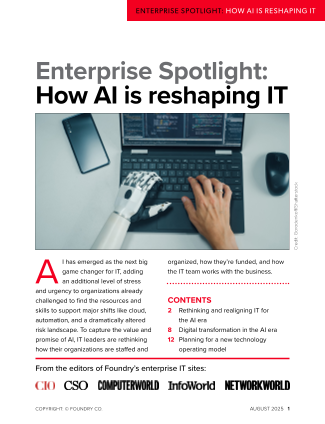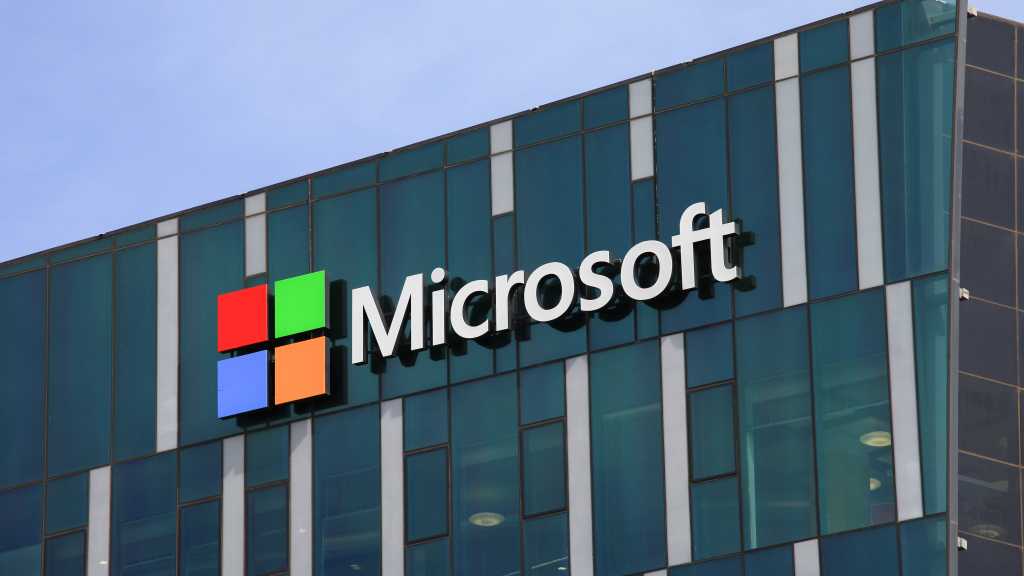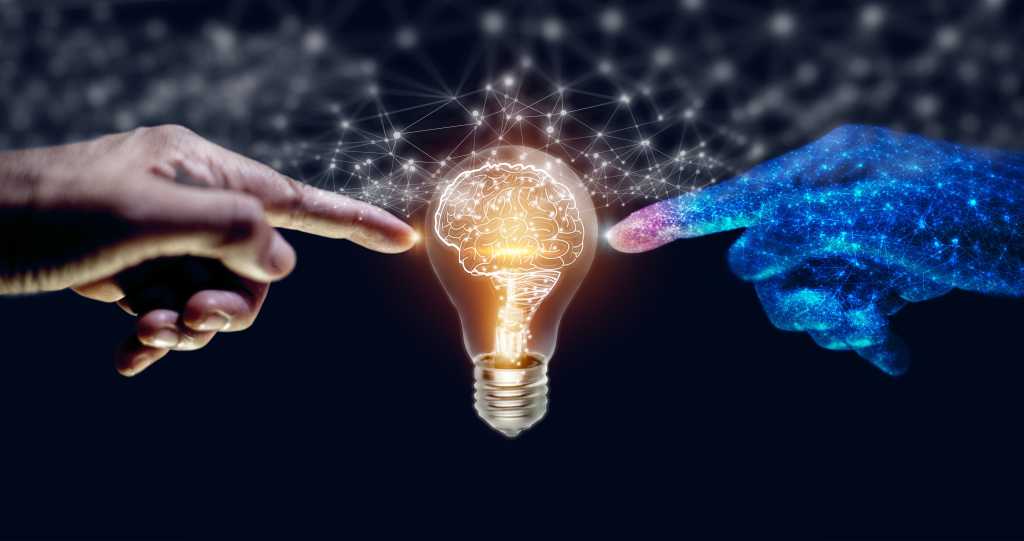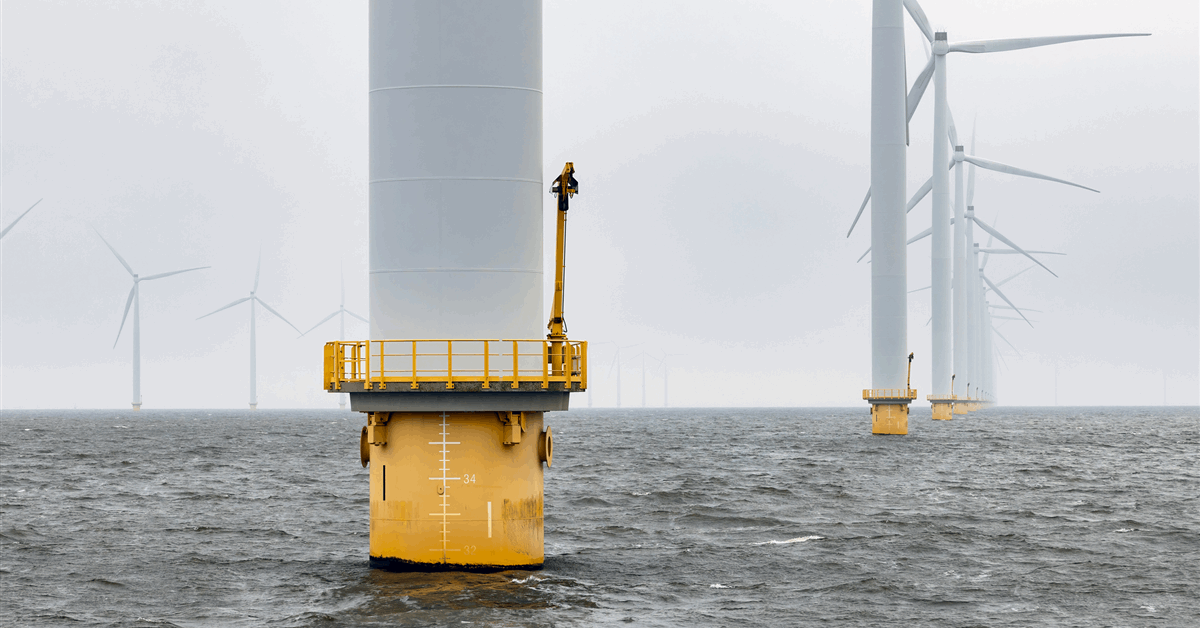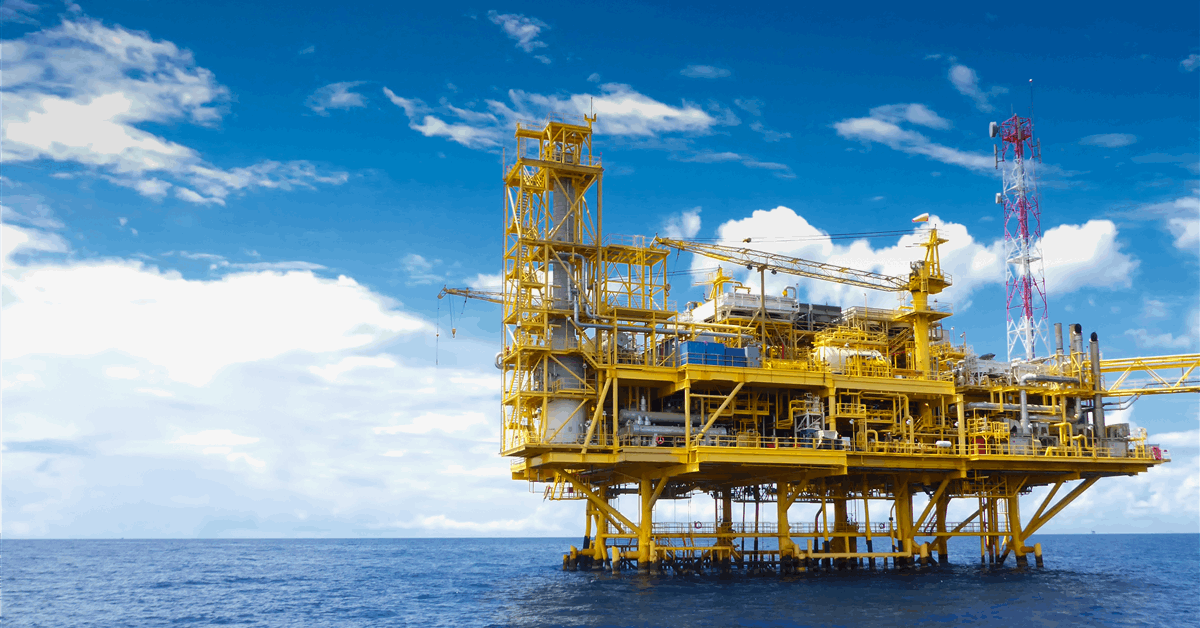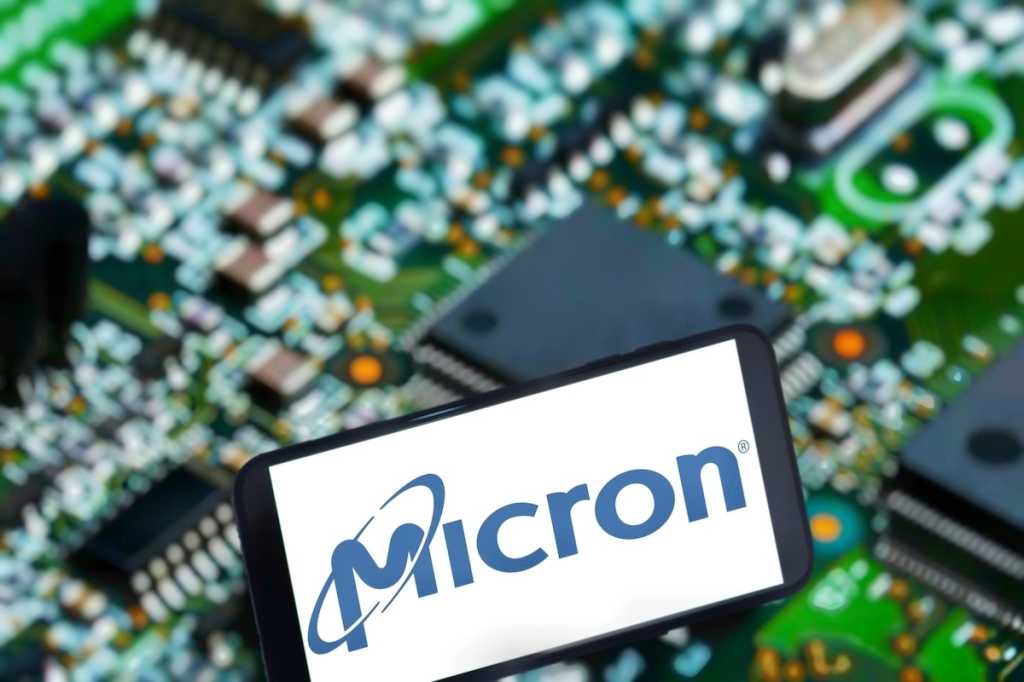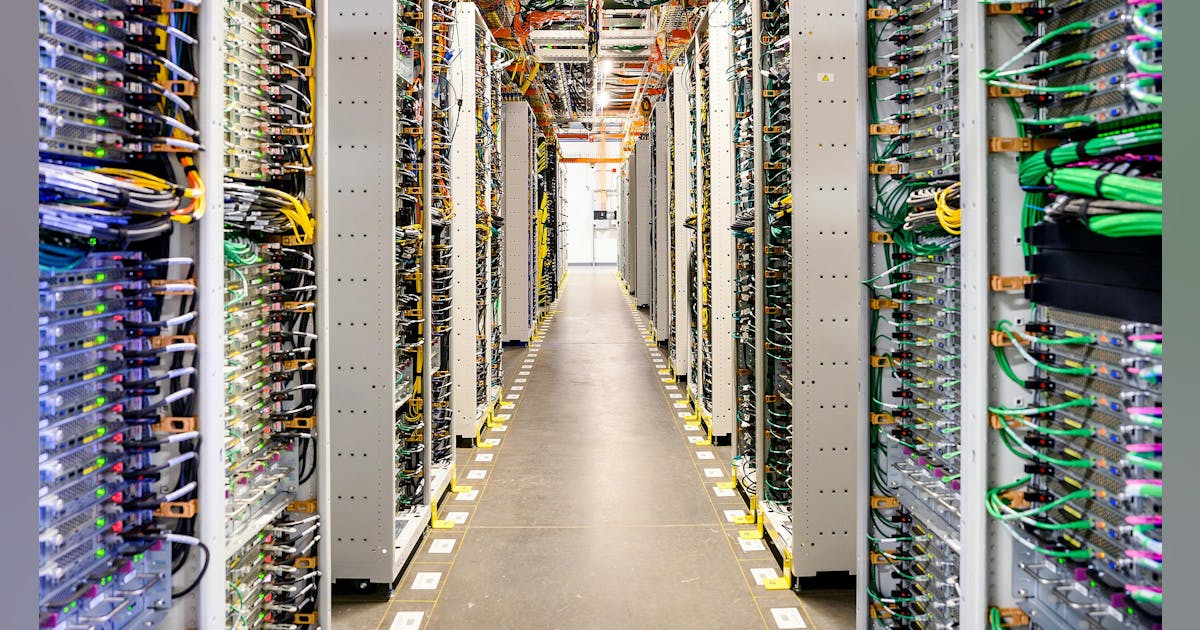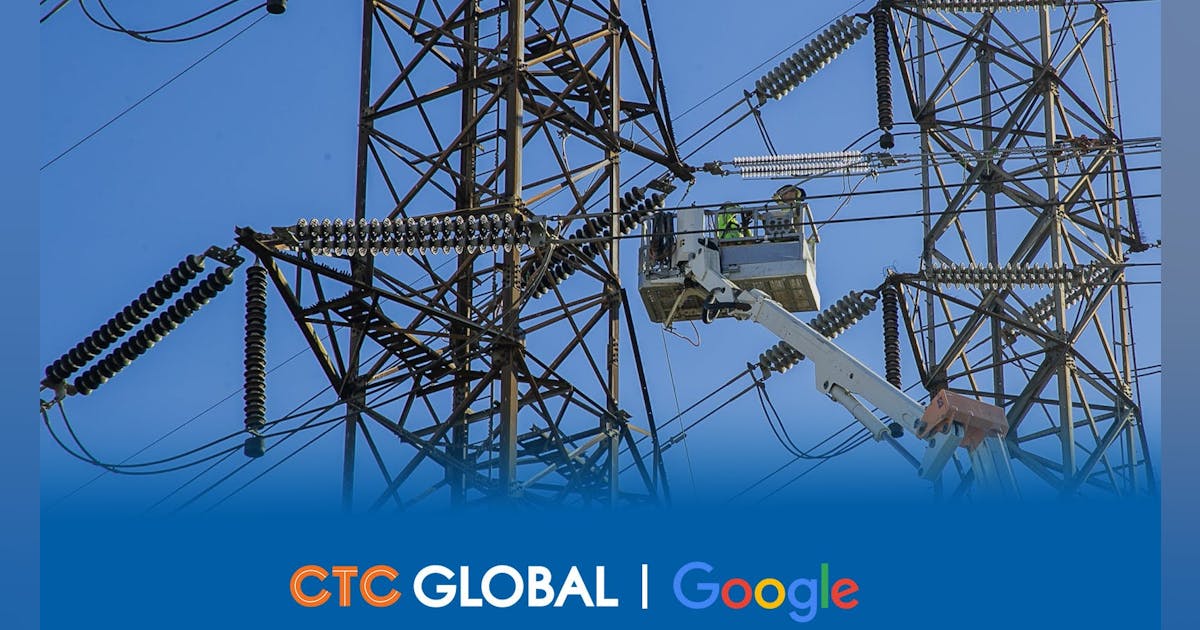Want smarter insights in your inbox? Sign up for our weekly newsletters to get only what matters to enterprise AI, data, and security leaders. Subscribe Now
Data platform vendor Informatica is expanding its AI capabilities as the needs of gen AI continue to increase enterprise requirements.
Informatica is no stranger to the world of AI; in fact, the company debuted its first Claire AI tool for data in 2018. In the modern generative AI era, the company has expanded its technology with improved natural language capabilities in Claire GPT, as part of Informatica’s Intelligent Data Management Cloud (IDMC), which debuted in 2023. The fundamental premise is all about making it easier, faster and more intelligent to access and use data. It’s a value proposition that has made the company an attractive acquisition target, with Salesforce announcing in May that it intends to acquire the company for $8 billion.
While that acquisition proceeds through approvals and regulatory processes, enterprises still face data challenges that need to be addressed. Today, Informatica announced its Summer 2025 release, showcasing how the company’s AI journey over the past seven years has evolved to address enterprise data needs.
The update introduces natural language interfaces that can build complex data pipelines from simple English commands, AI-powered governance that automatically tracks data lineage to machine learning models and auto-mapping capabilities that compress week-long schema mapping projects into minutes.
The AI Impact Series Returns to San Francisco – August 5
The next phase of AI is here – are you ready? Join leaders from Block, GSK, and SAP for an exclusive look at how autonomous agents are reshaping enterprise workflows – from real-time decision-making to end-to-end automation.
Secure your spot now – space is limited: https://bit.ly/3GuuPLF
The release addresses a persistent enterprise data challenge that generative AI has made more urgent.
“The thing that has not changed is the data continues to be fragmented in the enterprise and that fragmentation is still at a rapid scale, it’s not converging whatsoever,” Pratik Parekh, SVP and GM of Cloud Integration at Informatica told VentureBeat. “So that means that you have to bring all of this data together.”
From machine learning to gen AI for enterprise data
To better understand what Informatica is doing now, it’s critical to understand how it has gotten to this point.
Informatica’s initial Claire implementation in 2018 focused on practical machine learning (ML) problems that plagued enterprise data teams. The platform used accumulated metadata from thousands of customer implementations to provide design-time recommendations, runtime optimizations and operational insights.
The foundation was built on what Parekh calls a “metadata system of intelligence” containing 40 petabytes of enterprise data patterns. This wasn’t abstract research, but instead applied machine learning that addressed specific bottlenecks in data integration workflows.
That metadata system of intelligence has continued to improve over the years, and in the summer 2025 release, the platform includes auto-mapping capabilities that solve a persistent data problem. This feature automatically maps fields between different enterprise systems using machine learning algorithms trained on millions of existing data integration patterns.
“If you have worked with data management, you know mapping is a pretty time-consuming work,” Parekh said.
Auto mapping is all about taking data from a source system, such as SAP, and then using that data with other enterprise data to create a Master Data Management (MDM) record. MDM for enterprise data professionals is the so-called ‘golden record’ as it is intended to be the source of truth about a certain entity. The auto mapping feature can understand the schemas of the different systems and create the correct data field in the MDM.
The results demonstrate the value of Informatica’s long-term investment in AI. Tasks that previously required deep technical expertise and significant time investment now happen automatically with high accuracy rates.
“Our professional services have done some work mapping that typically takes seven days to build,” Parekh said. “This is now being done in less than five minutes,” Parekh said.
A core element of any modern AI system is a natural language interface, typically accompanied by some form of copilot to assist users in executing tasks. In that regard, Informatica is no different than any other enterprise software vendor. Where it differs, though, is still on the metadata and machine learning technology.
The summer 2025 release enhances Claire Copilot for Data Integration, which became generally available in May 2025 after nine months in early access and preview. The copilot enables users to type requests, such as “bring all Salesforce data into Snowflake,” and have the system orchestrate the necessary pipeline components.
The summer 2025 release adds new interactive capabilities to the copilot, including enhanced question-and-answer features that help users understand how to use the product, with answers sourced directly from documentation and help articles.
The technical implementation required developing specialized language models fine-tuned for data management tasks using what Parekh calls – Informatica grammar.
“The natural language translated into Informatica grammar is where our secret sauce comes in,” Parekh explained. “Our whole platform is a metadata driven platform. So underneath we have our own grammar as to how this describes the mapping, what describes the data quality rule, what describes an MDM asset.”
Market timing: Enterprise AI demands explode
The timing of Informatica’s AI evolution aligns with fundamental changes in how enterprises consume data.
Brett Roscoe, SVP & GM, Cloud Data Governance and Cloud Ops at Informatica, noted that a big difference in the enterprise data landscape over the last several years has been the scale, with more people than ever needing more access to data. Previously, data requests came primarily from centralized analytics teams with technical expertise; in the gen AI era, those requests come from everywhere.
“All of a sudden, with the world of gen AI, you’ve got your marketing team and your finance team all asking for data to go drive their generative AI projects,” Roscoe explained.
The summer release’s AI Governance Inventory and Workflows capabilities tackle this challenge directly. The platform now automatically catalogs AI models, tracks their data sources and maintains lineage from source systems through to AI applications. This addresses enterprise concerns about maintaining visibility and control as AI projects proliferate beyond traditional analytics teams.
The release also introduces data quality rules as an API, enabling real-time data validation within AI applications rather than batch processing after data movement. This architectural shift allows AI applications to verify data quality at the point of consumption, addressing governance challenges that emerge when non-technical teams launch AI projects.
Technical evolution: From automation to orchestration
The summer 2025 release demonstrates how Informatica’s AI capabilities have evolved from simple automation to sophisticated orchestration. The enhanced Claire copilot system can break down complex natural language requests into multiple coordinated steps while maintaining human oversight throughout the process.
The system also provides summarization capabilities for existing data workflows, addressing knowledge transfer challenges that plague enterprise data teams. Users can ask the copilot to explain complex integration flows built by previous developers, reducing institutional knowledge dependencies.
The release’s support for Model Context Protocol (MCP) and new generative AI connectors for Nvidia NIM, Databricks Mosaic AI and Snowflake Cortex AI demonstrate how the company’s AI infrastructure adapts to emerging technologies while maintaining enterprise governance standards.
Strategic implications: Maturity wins in enterprise AI for data
Informatica’s seven-year AI journey, culminating in the enhancements for the summer 2025 release, illustrates a fundamental truth about enterprise AI adoption: sustained domain expertise matters.
The company’s approach validates the strategy of building specialized AI capabilities for specific enterprise problems rather than pursuing general-purpose AI solutions. The summer release’s AI-powered lineage discovery and governance workflows represent capabilities that emerge only from years of understanding how enterprises actually manage data at scale.
“If you didn’t have data management practice before gen AI came around, you’re hurting,” Roscoe noted. “And if you had a data management practice when gen AI came around, you’re still scrambling.”
As enterprises move from AI experimentation to production deployment, Informatica’s approach validates a fundamental truth: in enterprise AI, maturity and specialization matter more than novelty. Enterprises shouldn’t just consider new AI-powered features, but AI capabilities that understand and solve the complex realities of enterprise data management.
Daily insights on business use cases with VB Daily
If you want to impress your boss, VB Daily has you covered. We give you the inside scoop on what companies are doing with generative AI, from regulatory shifts to practical deployments, so you can share insights for maximum ROI.
Read our Privacy Policy
Thanks for subscribing. Check out more VB newsletters here.
An error occured.


